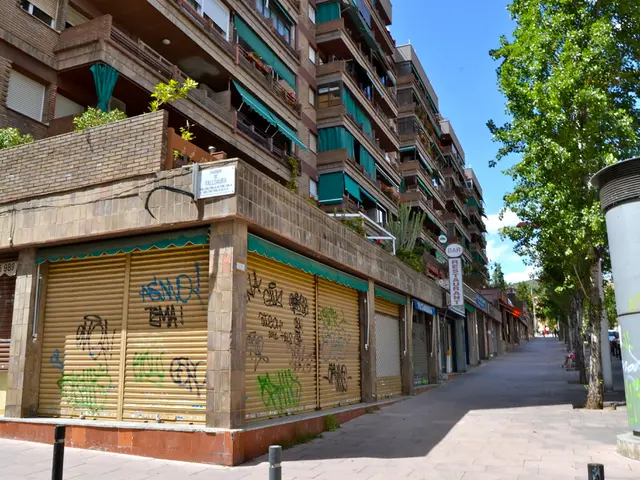NYC's Skyline Transforms with Green Roofs for Sustainability and Biodiversity
New York City's skyline is transforming, with rooftops turning into vibrant green spaces. This shift, known as the Green Roof Movement, is not just aesthetic; it's a crucial step towards urban sustainability and biodiversity.
The C40 Cities Climate Leadership Group, based in NYC and led by former mayor Michael R. Bloomberg, is driving this change. Green roofs, a key part of their urban sustainability initiatives, offer habitats for diverse species, boosting urban biodiversity.
These rooftop gardens also play a significant role in managing stormwater. They absorb rainwater, reducing runoff and easing pressure on drainage systems. Moreover, they enhance air quality by trapping pollutants and sequestering carbon dioxide.
NYC's Green Roof Tax Abatement program encourages building owners to install these eco-friendly roofs. Architects and engineers are innovating, creating efficient water management systems and integrating renewable energy sources. Consequently, buildings with green roofs often have lower energy costs due to improved insulation.
Green roofs also help mitigate the urban heat island effect. They cool rooftops and reduce energy consumption, making cities more comfortable and less energy-intensive. Local laws in NYC now mandate sustainable roofing solutions for new buildings.
NYC's Green Roof Movement is a testament to how urban environments can be transformed for the better. By encouraging community engagement and educational initiatives, these green spaces contribute to a healthier, more sustainable city.








